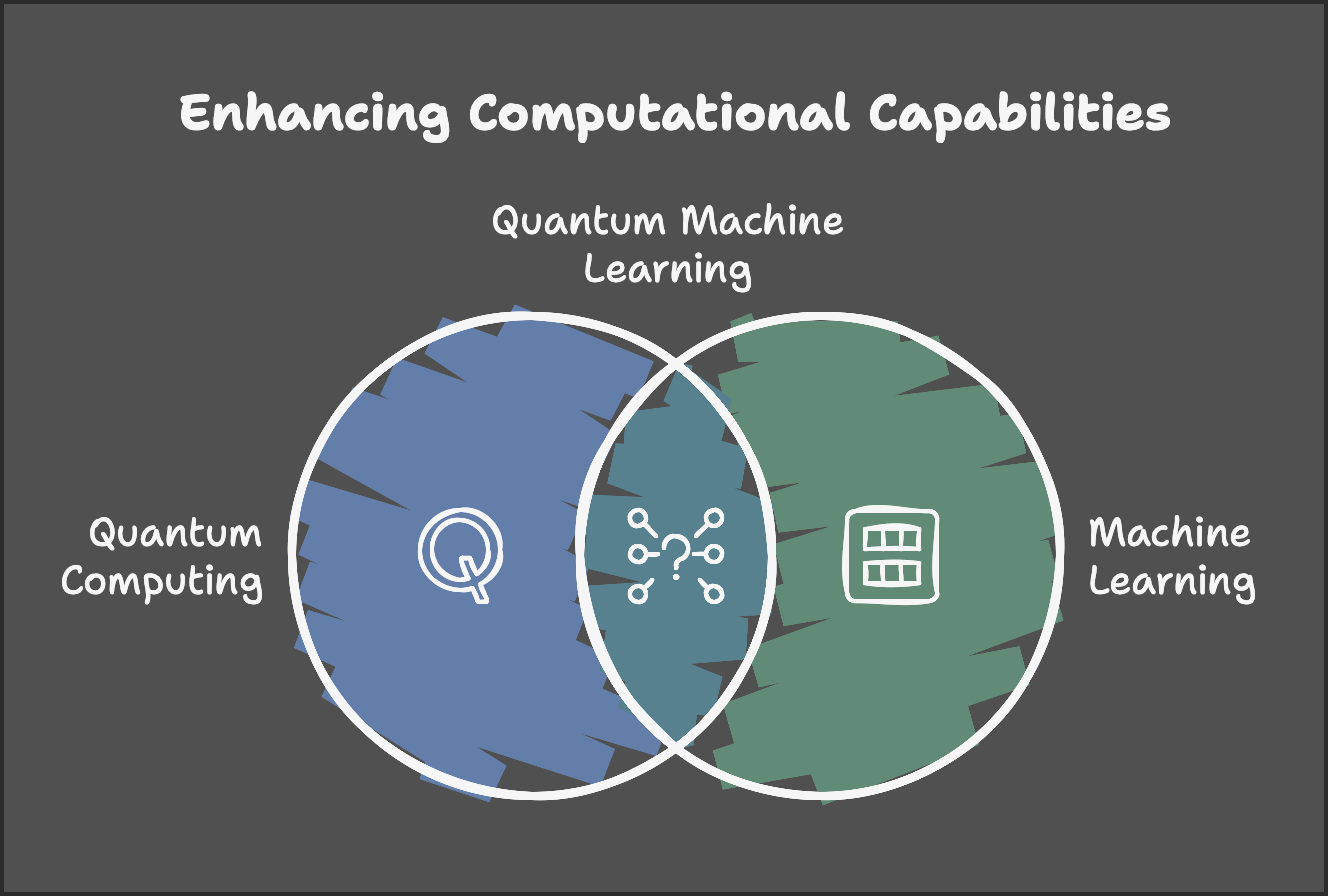Overview of Quantum Machine Learning (QML)
QML - One of top application of Quantum Computing
QML — It’s a complete new domain of research area which combines Principle of Quantum Computing and Machine Learning together. This is one of sub-group of Quantum computing. There will be series of blogs on QML starting from encoding mechanism to optimisation. Not just limited to theory, there will be python code implementation as well. Qiskit will be the predominant library and here and there we will touch upon Pennylane and Cirq. Sp before continuing Quantum Computing, Machine learning and Deep Learning Algorithms, Qiskit, Pennylane will be considered as pre requisite.
One big question arises Why someone need QML ?
There are some problems which cannot be solved classically, where quantum computing helps to achieve it with better performance. In some cases QML has given good results than classical machine learning. However QML is not as easy as ML, the difficulty starts with data encoding itself. One has to encode classical dataset into respective quantum state to train the dataset using quantum circuits. And similar to perceptron, QML has Parametric Quantum Circuits (PQC) or popularly known as Ansatz. We will be discussing in detail about these areas in future blogs with code implementation.
Broadly QML has been classified into four types.
CC — Classical dataset trained using Classical Algorithm
CQ — Classical dataset trained using Quantum Algorithm
QC — Quantum dataset trained using Classical Algorithm
QQ — Quantum dataset trained using Quantum Algorithm
And each domain has its own applications and difficulties. Generally most QML research works focusses on QC class and increasing in QQ class.
Components of QML
Majorly QML consists of three parts such as encoding dataset, design of ansatz and classical optimiser based on measurement of quantum circuit.
Though there are handful of encoding techniques are followed by researchers, it is still an open ended area where one can come up with new encoding techniques. The popular mechanisms are Basis encoding, Angle encoding, Amplitude encoding etc,.
Design of ansatz is still a challenging field, and the standard way of doing it are problem inspired ansatz, hardware efficient ansatz, layered gate ansatz and much more. Choosing initial values of ansatz plays and tuning the parameters of ansatz plays huge role in terms of performance results. Mostly initial parameters are fixed by educated guess as the ansatz itself means educated guess.
And the final part is to optimise the results using classical optimiser. Classical values are passed to optimiser after measuring the quantum circuits. The optimiser suggests new values for the parameters and the process continues until it get converges. The optimisers are majorly classified into two types, Gradient based and Non-Gradient based. And there are different optimisers available in each categories.
Apart from above parts QML has a lot of constraints to take care of, we will be going through all the cases if possible and implementation of all openly available algorithms and few of research oriented algorithms. The popular QML algorithms are Quantum neural network, Quantum PCA, Quantum SVM, Q-GAN and more. This blog is kind of short introduction to QML and going forward there will be deep discussion on each topics along with implementations.
See Yaa,
Thiru M.


